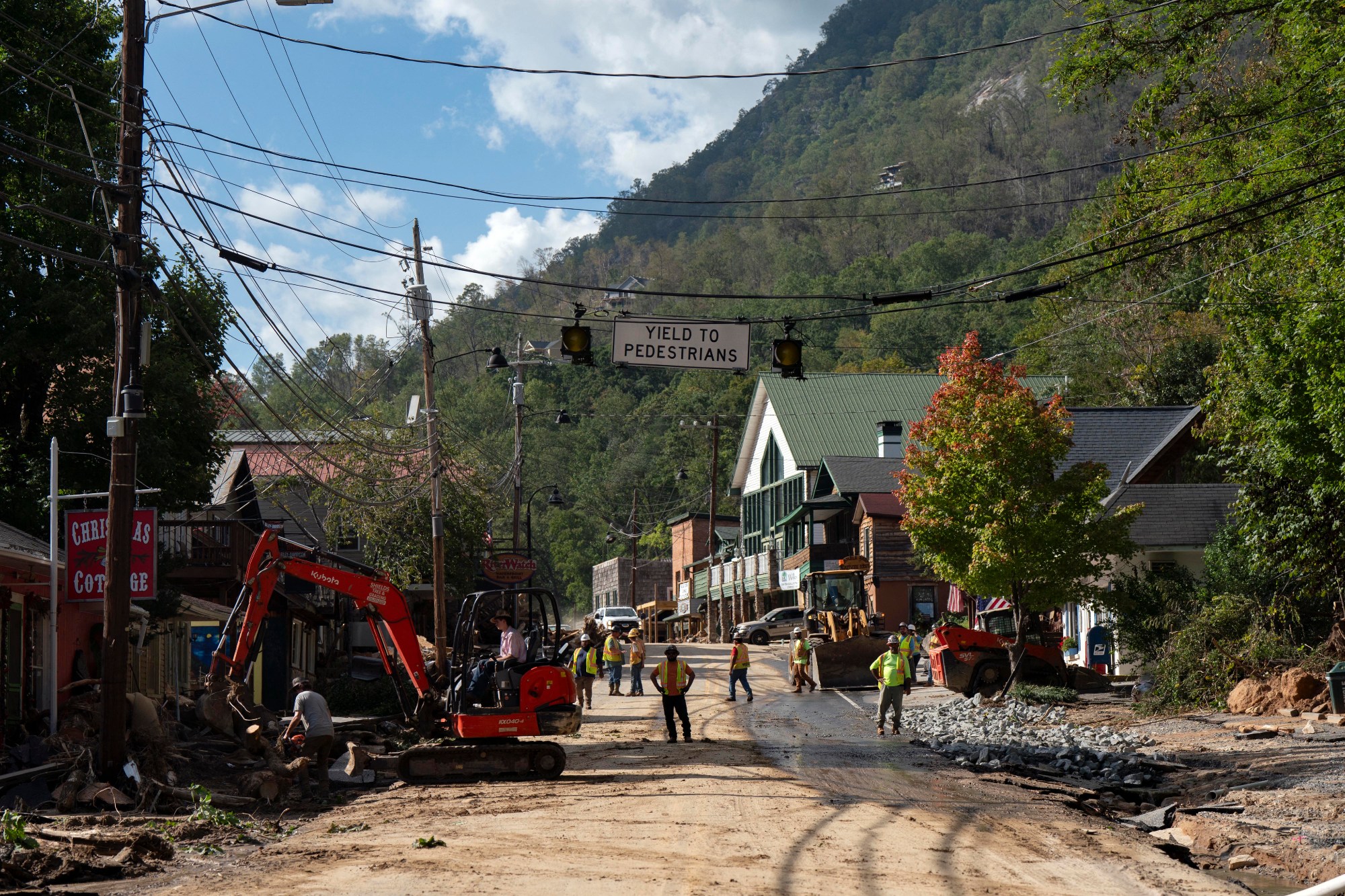Energies, Vol. 18, Pages 3867: Experimental Study and CFD Analysis of a Steam Turbogenerator Based on a Jet Turbine
Energies doi: 10.3390/en18143867
Authors:
Oleksandr Meleychuk
Serhii Vanyeyev
Serhii Koroliov
Olha Miroshnychenko
Tetiana Baha
Ivan Pavlenko
Marek Ochowiak
Andżelika Krupińska
Magdalena Matuszak
Sylwia Włodarczak
Implementing energy-efficient solutions and developing energy complexes to decentralise power supply are key objectives for enhancing national security in Ukraine and Eastern Europe. This study compares the design, numerical, and experimental parameters of a channel-type jet-reaction turbine. A steam turbogenerator unit and a pilot industrial experimental test bench were developed to conduct full-scale testing of the unit. The article presents experimental data on the operation of a steam turbogenerator unit with a capacity of up to 475 kW, based on a channel-type steam jet-reaction turbine (JRT), and includes the validation of a computational fluid dynamics (CFD) model against the obtained results. For testing, a pilot-scale experimental facility and a turbogenerator were developed. The turbogenerator consists of two parallel-mounted JRTs operating on a single electric generator. During experimental testing, the system achieved an electrical output power of 404 kW at a turbine rotor speed of 25,000 rpm. Numerical modelling of the steam flow in the flow path of the jet-reaction turbine was performed using ANSYS CFX 25 R1 software. The geometry and mesh setup were described, boundary conditions were defined, and computational calculations were performed. The experimental results were compared with those obtained from numerical simulations. In particular, the discrepancy in the determination of the power and torque on the shaft of the jet-reaction turbine between the numerical and full-scale experimental results was 1.6%, and the discrepancy in determining the mass flow rate of steam at the turbine inlet was 1.34%. JRTs show strong potential for the development of energy-efficient, low-power turbogenerators. The research results confirm the feasibility of using such units for decentralised energy supply and recovering secondary energy resources. This contributes to improved energy security, reduces environmental impact, and supports sustainable development goals.
Source link
Oleksandr Meleychuk www.mdpi.com

